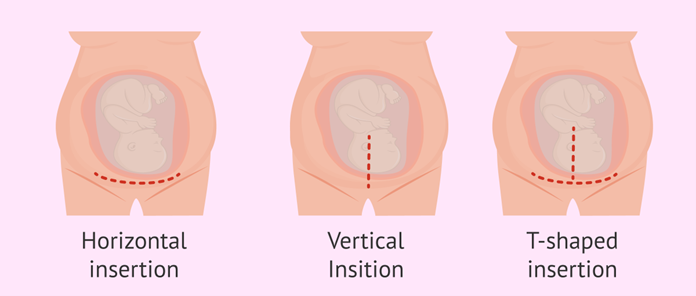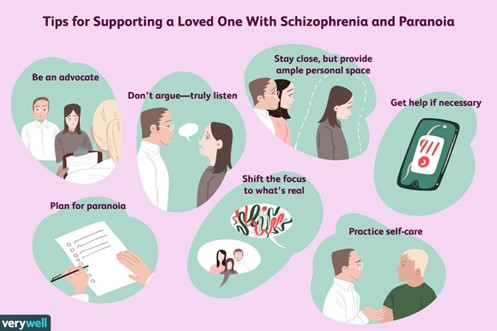The practical nurse (PN) is assigned to assist in the care of a laboring client at 42-weeks gestation. While providing perineal care, the PN observes the umbilical cord protruding from the vagina. Which action should the PN take?
Support the client's upper body and knees with pillows.
Encourage the client to push with the next contraction.
Assist the team to prepare for a possible cesarean delivery.
Gently wrap the cord with a dry sterile dressing.
The Correct Answer is C
The umbilical cord prolapse is an emergency situation that requires immediate intervention. The PN should not attempt to push the cord back into the vagina or cover it with a dry sterile dressing. Instead, the PN should notify the healthcare provider and the obstetrical team and assist in preparing for an emergency cesarean delivery.
Option A and B may be appropriate in some situations, but they are not the priority in this scenario.
Therefore, options A, B, and D are not answers because they do not address the immediate emergency of umbilical cord prolapse.

Nursing Test Bank
Naxlex Comprehensive Predictor Exams
Related Questions
Correct Answer is C
Explanation
Iron supplements are often recommended for pregnant women to prevent or treat anemia and to improve the iron status of both the mother and the baby ¹. During pregnancy, you need 27 milligrams of iron a day ². Iron is also found in some foods, such as meat, beans, and leafy greens ¹. So, it is recommended to increase dietary iron-rich foods.

Correct Answer is D
Explanation
The first intervention the PN should implement is to **sit and offer to listen to the client's concerns**. It is important to approach the client in a calm and non-threatening manner and to establish a rapport with him. Offering to listen to his concerns can help the client feel heard and understood, and can help build trust between the client and the PN.

Whether you are a student looking to ace your exams or a practicing nurse seeking to enhance your expertise , our nursing education contents will empower you with the confidence and competence to make a difference in the lives of patients and become a respected leader in the healthcare field.
Visit Naxlex, invest in your future and unlock endless possibilities with our unparalleled nursing education contents today
Report Wrong Answer on the Current Question
Do you disagree with the answer? If yes, what is your expected answer? Explain.
Kindly be descriptive with the issue you are facing.
